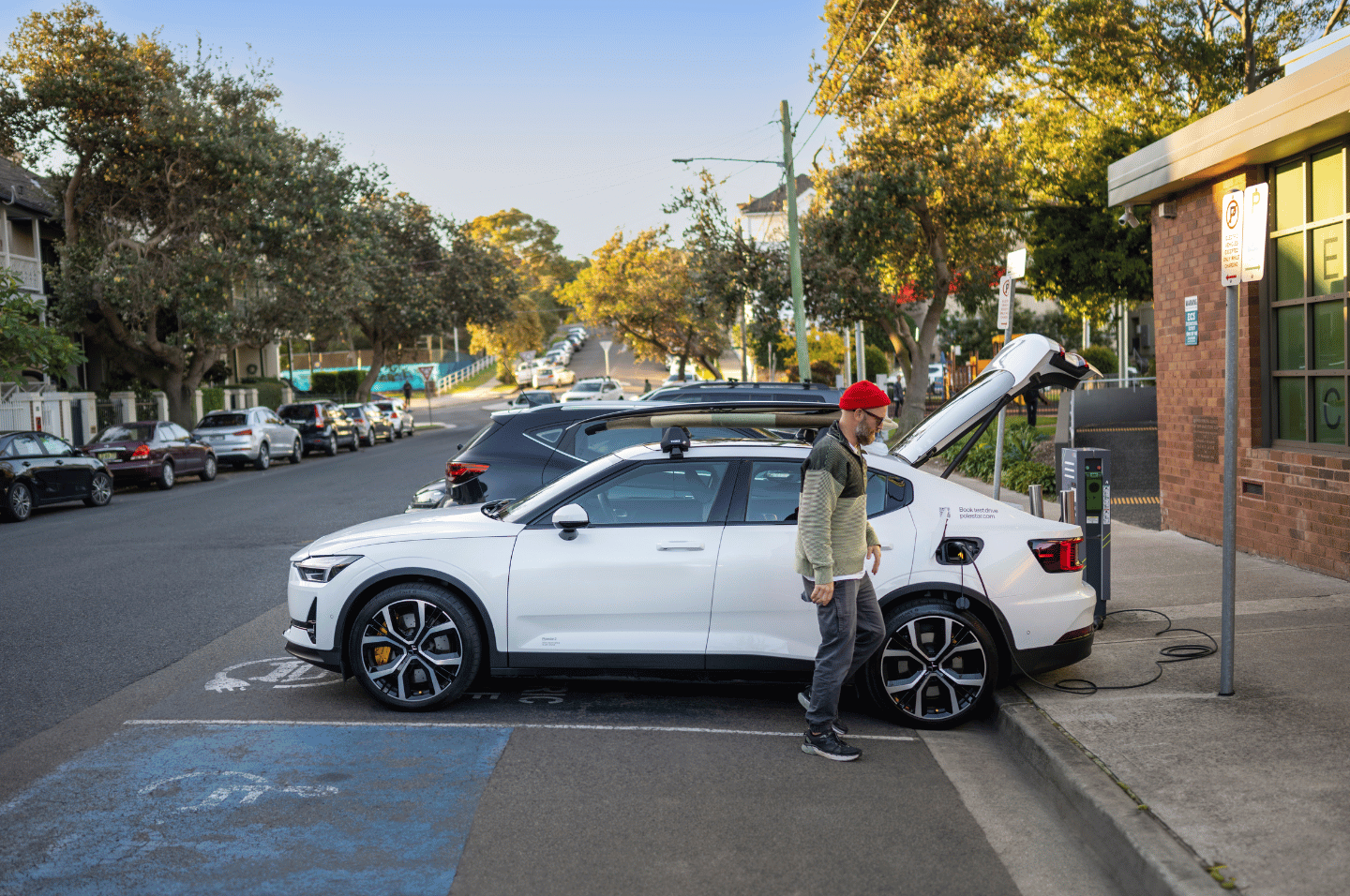All cars use some form of battery for functions like starting the engine, powering lights and accessories, or maintaining safety systems.
This standard car battery is different to the “traction” battery in electric vehicles (EVs). A battery in an EV is much larger and is used to store the energy needed to power the vehicle, in the same way a petrol or diesel vehicle uses a fuel tank to store its energy. These batteries constitute a significant part of the car in terms of space, weight, and cost. The production and safe disposal of these large batteries also have an environmental impact.
Battery production
The energy and emissions involved in making a battery electric vehicle (BEV) or plug-in hybrid electric vehicle (PHEV) are typically higher than an equivalent internal combustion engine (ICE) vehicle, mainly due to the large battery pack.
Batteries can account for up to 60% of embedded greenhouse-gas emissions in EV production, but within the full lifecycle of the vehicle, battery production emissions are relatively small.
More information can be found at Lifecycle emissions.
Other concerns related to battery production include resource consumption, the environmental impacts of mining and labour practices at mines from which critical resources such as cobalt are extracted. More electric vehicle batteries mean more mining of materials such as lithium, nickel and cobalt. There are legitimate concerns around the environmental impact of this, but the technology is also rapidly changing.
Alternatives to lithium-ion batteries are emerging, and some manufacturers are starting to deploy lithium iron phosphate batteries that do not use cobalt. What's in EV batteries now is likely to be different in the near future, as batteries continue to evolve making them more sustainable and recyclable. Industry has also taken steps to improve mining and labour practises.
Battery degradation and recycling
Like all batteries, lithium-ion batteries in EVs degrade over time. But EV batteries can last for many years and come with guarantees from manufacturers. Research and analysis from GEOTAB indicates the latest batteries will comfortably outlast the life of the vehicle itself. Industry is improving ways to recycle batteries used in EVs.
Battery degradation varies widely depending on how the battery is used. Factors include age, temperature, intensity of charging, number of charge cycles, quality of the manufacturer’s battery ecosystem and more.
Most EV batteries are guaranteed by their manufacturers to maintain some proportion of their original capacity for 7-8 years or an equivalent kilometre limit. Not all manufacturers publish their data, and you should expect individual results to vary widely for different cars and conditions.
While 30% degradation is the “useful life” of an EV battery, the vehicle may still function normally apart from a reduced driving range and may still be suitable for many owners’ needs well beyond this arbitrary limit. Battery cell and modules can also be refurbished or replaced to extend their useful life.
When an EV battery is deemed no longer functional for the car, what happens to it is important for human and environmental health. Assuming it still works, recycling the battery by stripping it of materials is not an automatic choice because it can still store a lot of energy. Even a degraded EV battery holds several times the daily energy needs of the average home, so an additional use can occur before recycling. It can be repurposed into a second life in homes, buildings or in grid backup infrastructure.
Recycling is appropriate when batteries are truly at their end of life and can no longer be used effectively for stationary energy storage. Up to 95% of lithium-ion battery materials can be recovered. Critical materials such as lithium, nickel, cobalt, graphite, and manganese can be extracted and traded on global markets, often to be used in new batteries all over again. This is also cheaper and more sustainable than mining new lithium. Some companies are setting up facilities to recycle EV batteries in Australia, just like what is currently done for lead-acid batteries.
Recycling of batteries is one way to reduce emissions and dependency on carbon-intensive mining and the environmental damage it causes. Extracting the valuable materials from end-of-life batteries and reusing them in new battery production can reduce the carbon footprint of battery materials to one quarter that of raw material mining.
The indicative stages of the EV battery lifecycle are shown in this graphic.

Fire Safety
Electric vehicle (EV) fires are a very visible issue that has received a lot of media focus. EV fires have the potential to be powerful and can be difficult to extinguish because of the high temperatures and materials involved. However, the best available data indicates that EV fires are extremely rare, especially compared to internal combustible engine (ICE) vehicles.
As with all road vehicles, EVs must pass rigorous safety standards to be sold in Australia, including the batteries. When operating correctly, there should be little to no issue with fire risk. The likelihood of lithium-ion batteries overheating and catching on fire increases when they are damaged or improperly used. Damage can occur through vehicle collisions, being submerged in water for long durations, or through an unknown defect.
Like any vehicle involved in an incident, the vehicle should be assessed by a qualified mechanic. Do not use or charge the vehicle after an incident, such as a collision or flood, until it is cleared as safe to do so.
Compare vehicle emissions ratings to reduce your footprint
Explore and compare thousands of vehicle emissions ratings of all engine and body types available in the Australian market


